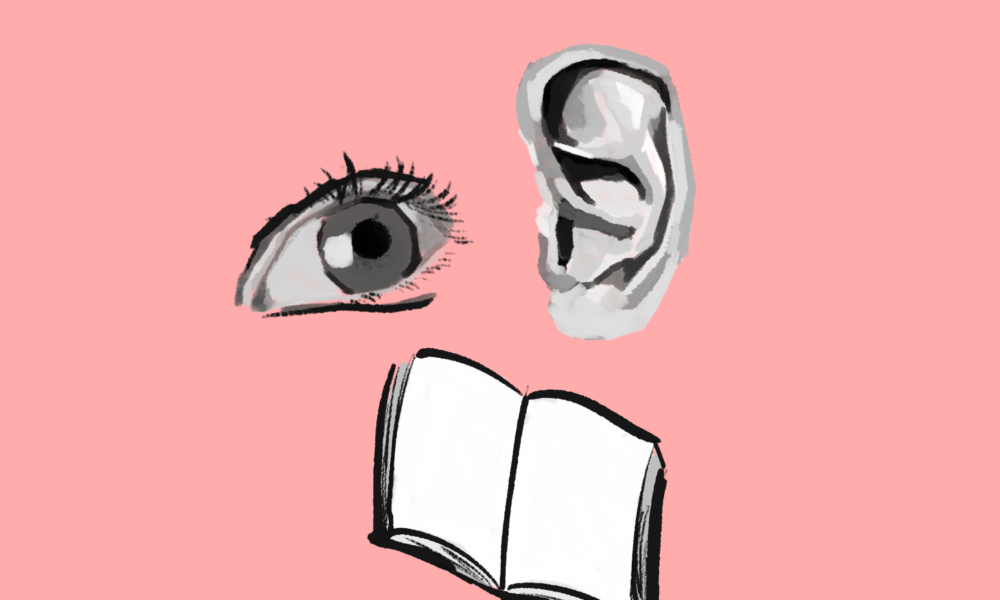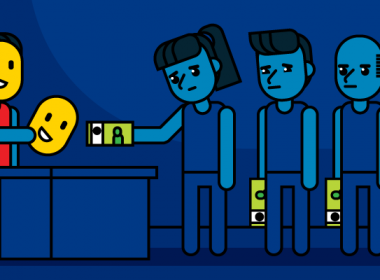You have likely encountered the idea that everyone learns best through a specific ‘learning style.’ Social media, classroom discussions, and even online quizzes often promote this claim, categorizing students as auditory, visual, writing and reading, or kinesesthetic learners. This conception sounds convincing, and after many years in the educational system, you may have identified a style for yourself.
However, according to neuroscience, the belief in fixed learning styles is a neuromyth—a misconception about the brain stemming from a misunderstanding of scientific facts that has been endorsed by the public and educators.
In an email to The Tribune, Armin Yazdani, academic associate with the Office of Science Education (OSE), and OSE’s resident neuroscientist, explained why this widely believed idea fails under scientific scrutiny.
“While we may have a preference for receiving information in one modality, we do not have good evidence that these preferences actually predict better learning. While brain cells in the eye may only respond to photons of light or brain cells in the ear may only respond to pressure waves, the brain as a system is multi-sensory,” Yazdani wrote. “Learning involves neuroplasticity or the creation of neural connections in various brain regions. Memory is distributed across brain regions that are highly interconnected in networks, and retrieving something requires the activation of these networks based on task demand, not [a] learner’s single sensory channel.”
Yazdani further dispelled this myth by pointing to a popular psychological experiment known as the Stroop effect.
“Imagine if I show you the word “RED” written in blue ink and ask you for the ink colour. To get to the correct answer, the brain recruits a wide range of neurons in the visual cortex, language areas, and attention networks.”
Learning works in a similar way: It involves the integration of information from distributed brain regions rather than dependence on a single sensory modality, despite the impression that only one sensory channel is at work.
Given that this theory is false, students may wonder how it still remains popular. Yazdani wrote that its appeal lies in its simplicity, making it easy for educators to disseminate.
“This myth is so pervasive because teachers propagate it mostly [….] It feels intuitive, which means teachers understand it and can explain it well to students. It’s also actionable, which means they can tailor their instruction to a student’s ‘learning style.’ Misinformation spreads faster and farther than facts, and we have been in a losing battle against this one.”
If learning styles aren’t the answer, what does neuroscience say improves learning, and how can students discover what works best for them? Yazdani highlighted three evidence-based strategies supported by cognitive neuroscience.
“It is context dependent, but we have evidence that dual coding may work better. This is where we use multiple complementary representations—visual and auditory—to create stronger memory traces.”
Yazdani also recommended spacing out study sessions to support memory consolidation.
“If you are a student, I would highly recommend two other strategies. One is to space out your study sessions: Three one hour sessions are better than one three hour session. The second one is retrieval practice, where you actively recall information from memory—practice tests, flashcards.”
To help put these strategies into practice, the OSE offers a neuroscience-based program called SciLearn. Open to all undergraduates, participants explore research on the neuroscience of learning via workshops, lectures, and study sessions. SciLearn also focuses on debunking neuromyths, such as the theory of specific preferential learning styles.
“We have evidence that participating in even a short SciLearn guest lecture is beneficial. We start with unlearning by dispelling common myths and misconceptions. We then discuss evidence based study strategies based on neuroscience and our own research, which many students adopt. We know that SciLearners may also shift their mindset and better plan, assess, and monitor their learning,” Yazdani wrote.
Therefore, fact or fiction: Is your brain wired for a specific learning style? Neuroscience says no. Learning isn’t a fixed trait, but rather a skill.







